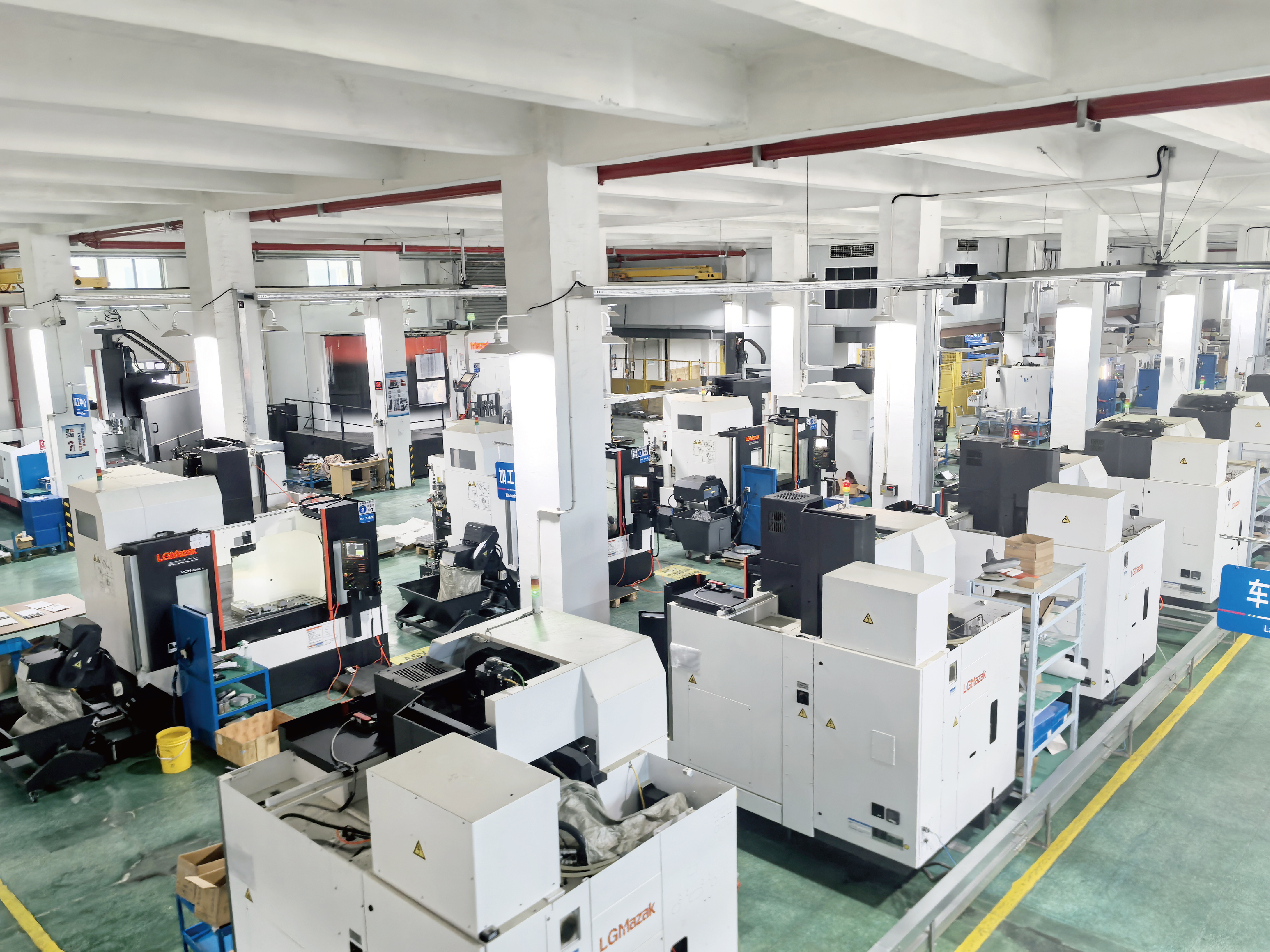In CNC machine tools, most faults can be traced using available documentation. However, some faults provide vague or no alarm messages, occur at irregular intervals, or have long cycles, making diagnosis and analysis particularly challenging. For such faults, a detailed case-by-case analysis and patient investigation are required. Troubleshooting also demands comprehensive knowledge of mechanical, electrical, and hydraulic systems; otherwise, it can be difficult to quickly and accurately identify the root cause.
Abnormal Machining Accuracy Faults: Changes or modifications to system parameters, mechanical failures, unoptimized electrical parameters causing abnormal motor operation, irregularities in the machine's position loop, or improper control logic are common causes of abnormal machining accuracy in CNC machine tools. Identifying and addressing the relevant fault points can typically restore normal operation. Such faults are frequently encountered in production and are often highly concealed and difficult to diagnose.

The primary causes of these faults fall into five categories:
1.Alteration or deviation in the machine's feed unit settings.
2.Abnormal zero offset (NULL OFFSET) in the machine's axes.
3.Excessive axial backlash (BACKLASH).
4.Irregular motor operation, indicating electrical or control system faults.
5.Mechanical failures, such as issues with the lead screw, bearings, or couplings.
Additionally, programming errors, improper tool selection, and human factors may also contribute to abnormal machining accuracy.